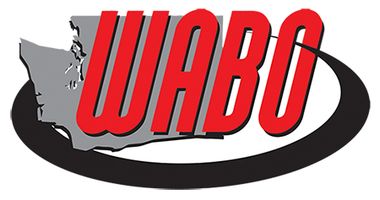2021 International Residential Code (IRC), Loose Leaf
This comprehensive code comprises all building, plumbing, mechanical, fuel gas and electrical requirements for one- and two-family dwellings and townhouses up to three stories. The 2021 IRC contains many important changes such as: Braced wall lines must be placed on a physical wall or placed between multiple walls. The rated separation for two-family dwellings is 1 hour whether or not a lot line exists between units. Emergency escape and rescue openings require a clear 36-inch-wide path to a public way. An engineered design is required for storm shelters. A habitable attic is limited to one-half the area of the story below and the dwelling requires sprinklers. Updated Wind Speed maps match IBC and ASCE 7 maps. Deck design now considers snow load, tributary area for footing and post height, and guard details. Specific requirements for deck guardrails were added. Component and cladding wind pressures in Table R301.2(2) are updated for new design wind speeds and hip or gable roof profiles. Minimum footing size tables are revised to more accurately reflect current practice. Cripple wall requirements apply only to exterior cripple walls. New appendices for cob construction and 3D printed construction are added. A 30 percent reduction of airflow is permitted for balanced ventilation systems. Commercial gas cooking appliances are prohibited. The head pressure for a water test of DWV systems increased to 10 feet. Air vacuum testing is now permitted for plastic piping DWV systems. Section P2904 for dwelling sprinklers is expanded to more closely align with NFPA 13D. An emergency service disconnect is required in a readily accessible outdoor location. A surge-protective device (SPD) is now required at the service panel. The number of receptacle outlets required for peninsular and island countertops in kitchens is determined by the area of the countertop surface. GFCI protection is now required for damp and wet locations not included in the other 10 areas requiring GFCI protection.






